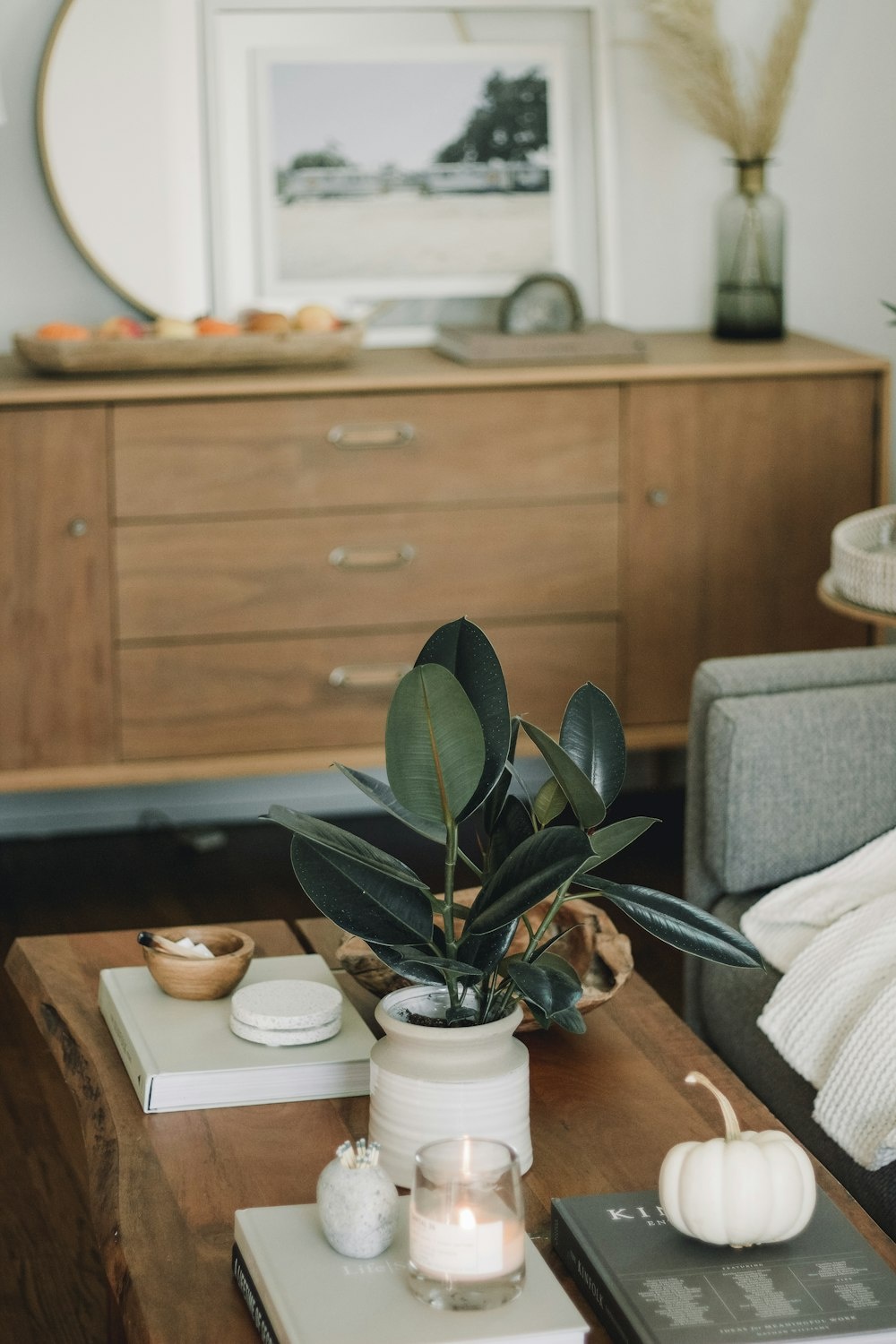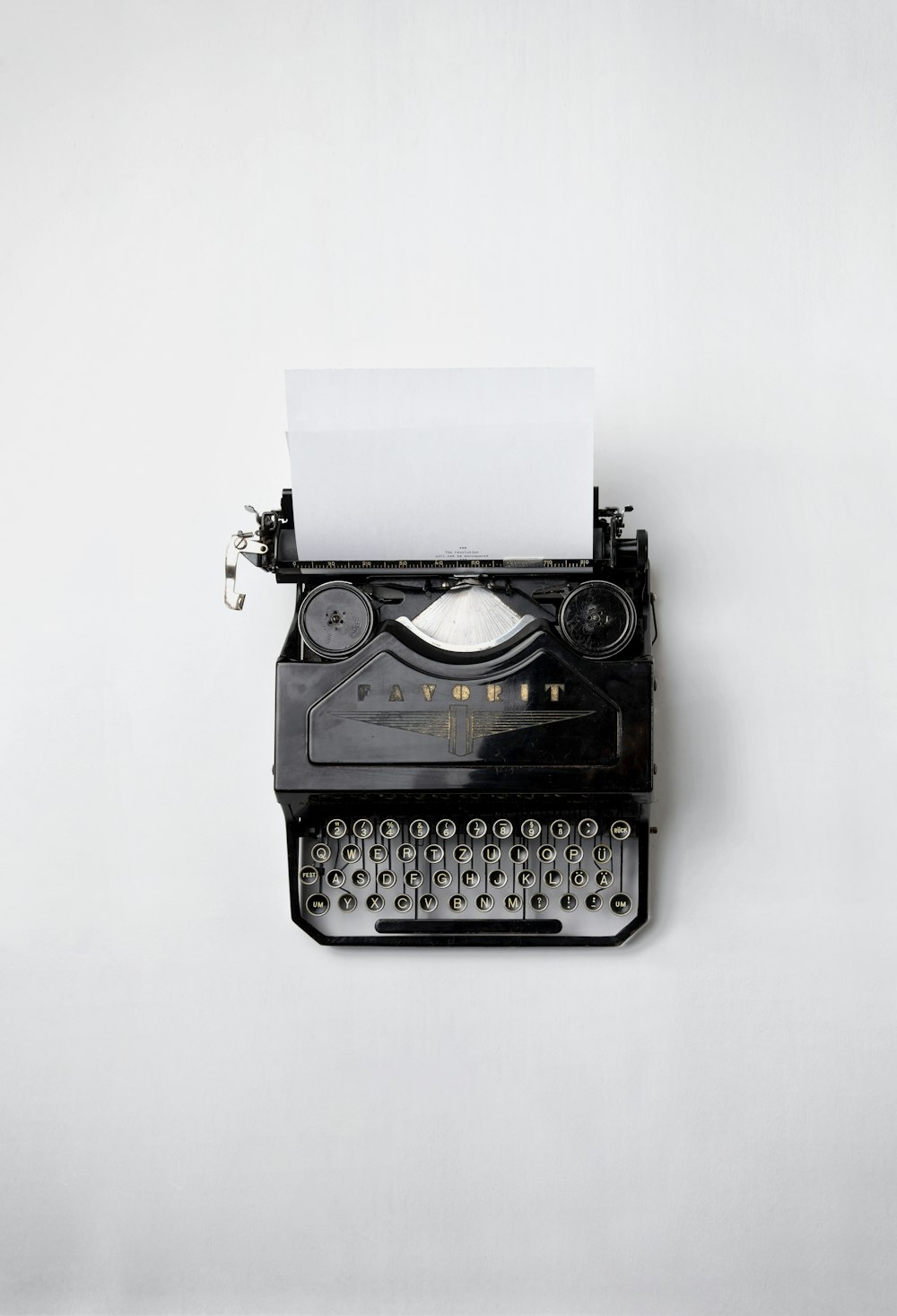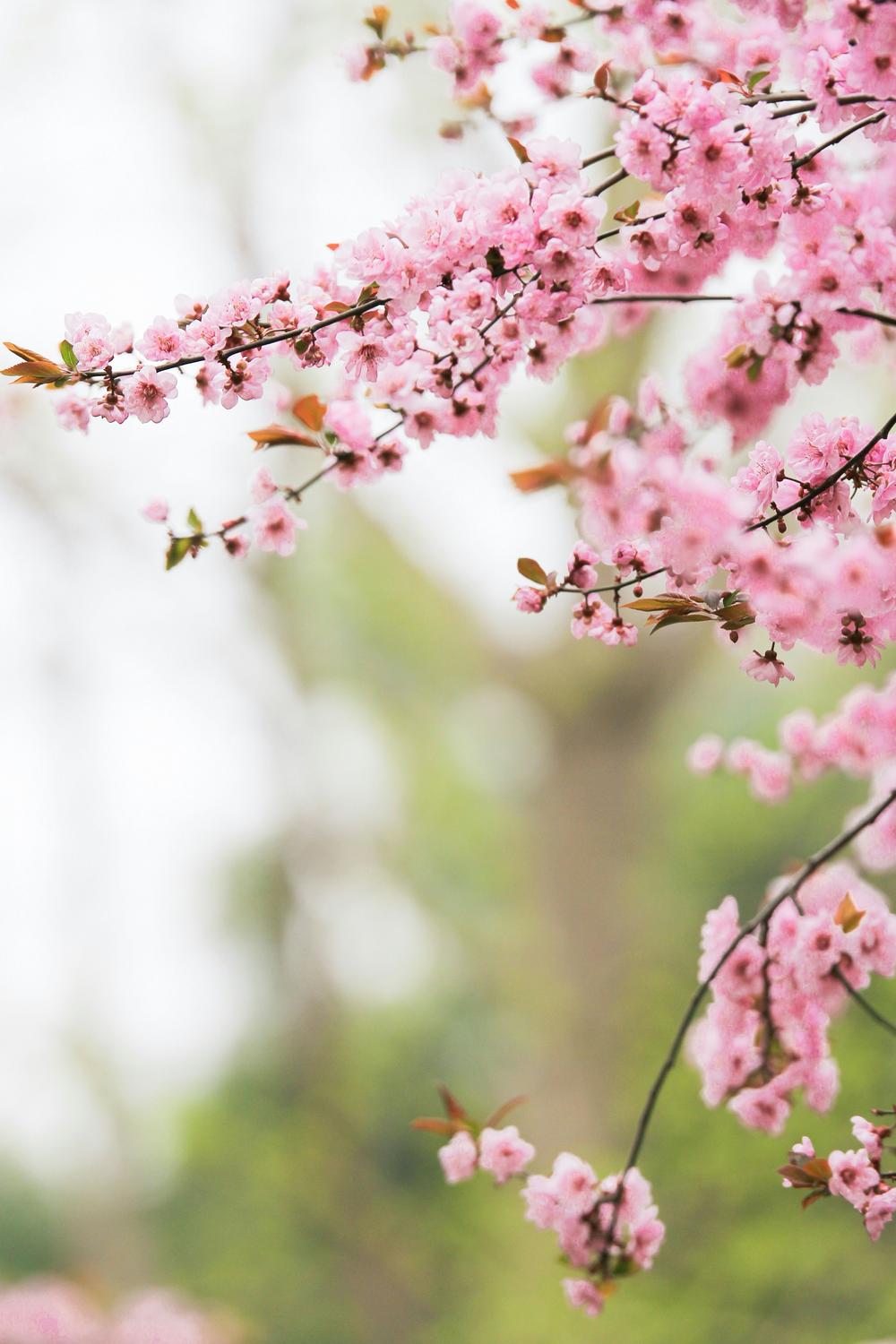What Are Hand Mudras? Hand mudras are a part of the broader practice of mudras, which encompasses the use of the bodys energy lines to promote health and spiritual awareness. In the context of yoga and Ayurveda, each finger represents different elements or energies within the body: Thumb represents the element of fire and the mind. Index finger corresponds to Jupiter and growth.
Middle finger is associated with Saturn and wisdom. Ring finger symbolizes the earth element and abundance. Little finger connects with the water element and emotions. How To Use Hand Mudras: To harness the benefits of hand mudras, its essential to practice them with intention and consistency.
Here are some steps to follow: Choose a mudra based on your current state of mind or physical condition. Sit or stand in a comfortable position. Keep your back straight to allow for clear energy flow. Gently bring your attention to your breath, and take a few deep breaths to center yourself.
Perform the mudra by placing your hands in the specified positions. Hold each mudra for a duration that feels comfortable, typically between 5 to 30 minutes. Focus on the sensations within your hands and throughout your body while maintaining the mudra. Visualize the flow of energy as you hold the position.
Close with gratitude, releasing any tension or negative energy before transitioning to a new mudra or ending your practice. Benefits of Hand Mudras: Hand mudras are versatile and can be used for various purposes, including: Enhancing concentration and mental clarity. Stimulating healing in different parts of the body. Balancing emotions and calming the mind.
Energizing specific chakras or energy centers. 13 Hand Mudras To Try: Here are 14 hand mudras that you can incorporate into your daily routine to experience their diverse benefits: Gyan Mudra (Mudra of Knowledge): Touch the tip of the index finger to the tip of the thumb, keeping the other fingers extended. Vayu Mudra (Mudra for Digestion and Elimination): Interlock your fingers and stretch your arms in front of you, palms facing outward. Anahat Mudra (Mudra of the Heart): Place the tip of your ring finger on the tip of your thumb, keeping the other fingers straight.
Shunya Mudra (Mudra for Balance and Emptiness): Clasp your hands together, with one hands little finger in the others navel, creating an empty space between the palms. Prana Mudra (Mudra of Life Force): Extend your index and little fingers while curling your ring and middle fingers into the palm. The thumb presses against the ring finge. Bhairava Mudra (Mudra for Positivity and Courage): Stretch your arms out to the sides at shoulder height, palms facing downward.
Vaayu Mudra (Mudra to Calm the Nerves): Interlock your fingers, stretching your arms in front of you, with the left hands palm facing upwards and the right hands palm facing downwards. Aakash Ghyasi Mudra (Mudra that Connects to the Cosmic Energy): Touch the tips of the index finger and thumb of each hand together, while keeping the other fingers straight. Prithvi Mudra (Mudra for Earth Element): Press the base of your thumb with the tip of your index finger, keeping the other fingers straight. Surya Mudra (Mudra to Absorb Solar Energy): EITHER touch the base of the pinky to the root of the thumb OR press the tips of the ring finger and little finger against the thumb, with the index finger and middle finger extended.
Kubera Mudra (Mudra for Abundance): Bend the elbow so that the back of the hand faces outward, with the fingers curled inward except for the tip of the ring finger, which touches the tip of the thumb. Linga Mudra (Mudra for Creativity and Masculine Energy): Touch the tips of the thumb and index finger together, keeping the other fingers straight. Dhyani Mudra (Mudra for Meditation and Focus): Rest your hands on your knees with the palms facing upwards, keeping the fingers straight and relaxed. Incorporating hand mudras into your daily practice can be a transformative experience, offering a myriad of physical, mental, and emotional benefits.
As with any yoga or meditation technique, consistency is key to experiencing the full spectrum of their effects.












